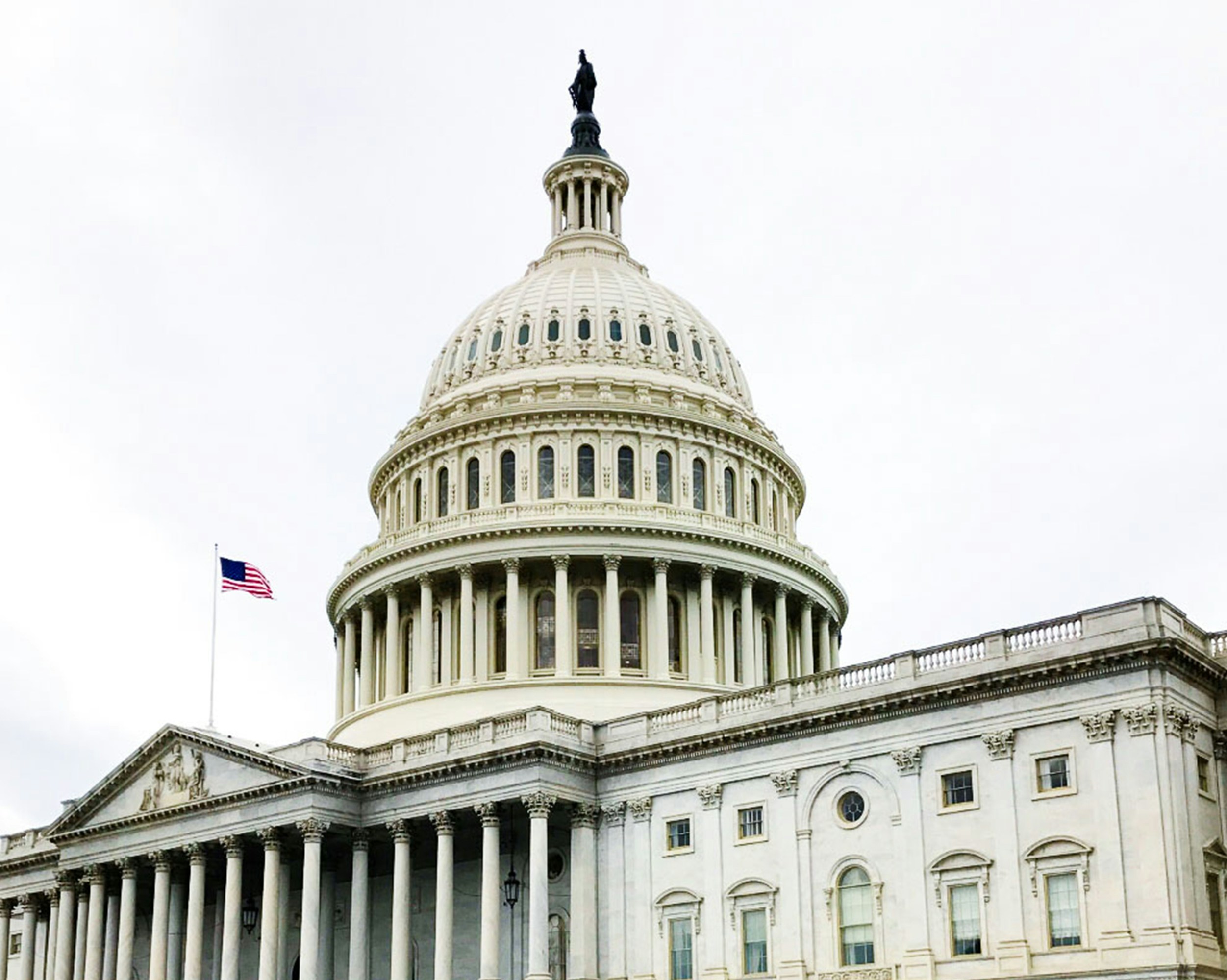
OFCCP Contractor Portal Registration
- Breaking News
Many employers are receiving invitations to register for the OFCCP’s Contractor Portal. Those of you who have followed the OFCCP’s news releases to this point may know the Portal by its prior name of Affirmative Action Program Verification Interface (which the Agency abbreviated as AAP-VI or AAVI). The OFCCP insists that it can, without going through the administrative rulemaking process, require contractors and subcontractors to register their existence as self-admitted covered federal contractors and subcontractors and to certify that they have timely developed an affirmative action plan and that they will not edit or revise that plan during the plan year. The OFCCP has indicated that it will use the certification process as an additional factor in selecting contractors for audits; i.e., “contractors [and subcontractors] who fail to self-certify or who state that they have not developed an AAP as required by law would be more likely to be on the scheduling list than contractors that have self-certified.”
Notwithstanding the significance of the OFCCP’s threat, we recommend that contractors and subcontractors consult with legal counsel about their particular expected benefits or risks of Portal registration before entering into this ecosystem. Our top two concerns are as follows:
(1) Portal registration will serve, in the OFCCP’s eyes at least, as an admission of covered contractor/subcontractor status. Of course, most prime contractors can’t and don’t really dispute coverage. But many subcontractors may be creating AAP reports more out of a flow-down contractual obligation and/or because they think it’s a reasonable practice than because they know, with certainty, that their products are necessary to the completion of the government contract.
(2) Once an entity registers, it will have to certify compliance with creating an AAP, including that it will not edit the Plan during the year. You won’t find mention of this clause in OFCCP press releases concerning the Portal, but if you take a deep dive into the User Guide published last year, you’ll see that the contractor is forced to certify not only that its statement about the existence of its affirmative action plan(s) is correct (i.e., it has a plan, is a new contractor and creating a plan, or does not have a plan (and desires an audit ASAP, presumably)) but also that “I also understand that I will not be able to edit my Affirmative Action Plan(s), after I click the submit button.” [sic on the comma placement]. OFCCP offers no justification for this requirement that a contractor/subcontractor commit to not correcting an obvious error until the following Plan year, should it become aware of one. Instead, it appears to be the OFCCP’s intent to trap contractors into their adverse or adverse-appearing findings in the event of an audit, even if an underlying error is discovered or if the contractor discovers through the use of expert statistical assistance that another analytical model would have been more appropriate to analyze a particular job group or activity. As Plans are already costly and labor-intensive enterprises, and as most contractors don’t have labor economists or statisticians in-house (or the desire to locate and pay over $500/hour for one), most contractors use the two standard deviations method as both a “pretty good” statistical model and as the expected default model that an OFCCP investigator would apply.
Contrary to the OFCCP’s cajoling emails, there is no deadline to register in advance of the certification portion of the Portal opening on April 1, 2022. OFCCP has promised additional webinar(s) on the certification portion of the Portal at the end of March, and we will update our guidance to our Affirmative Action clients after evaluating that webinar and any intervening materials from the OFCCP. Please contact Whitney Brown, Esq., wbrown@lehrmiddlebrooks.com, if you’d like to talk more about these issues.





